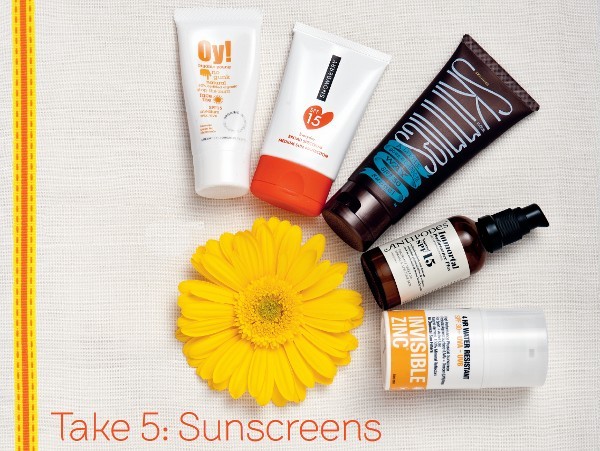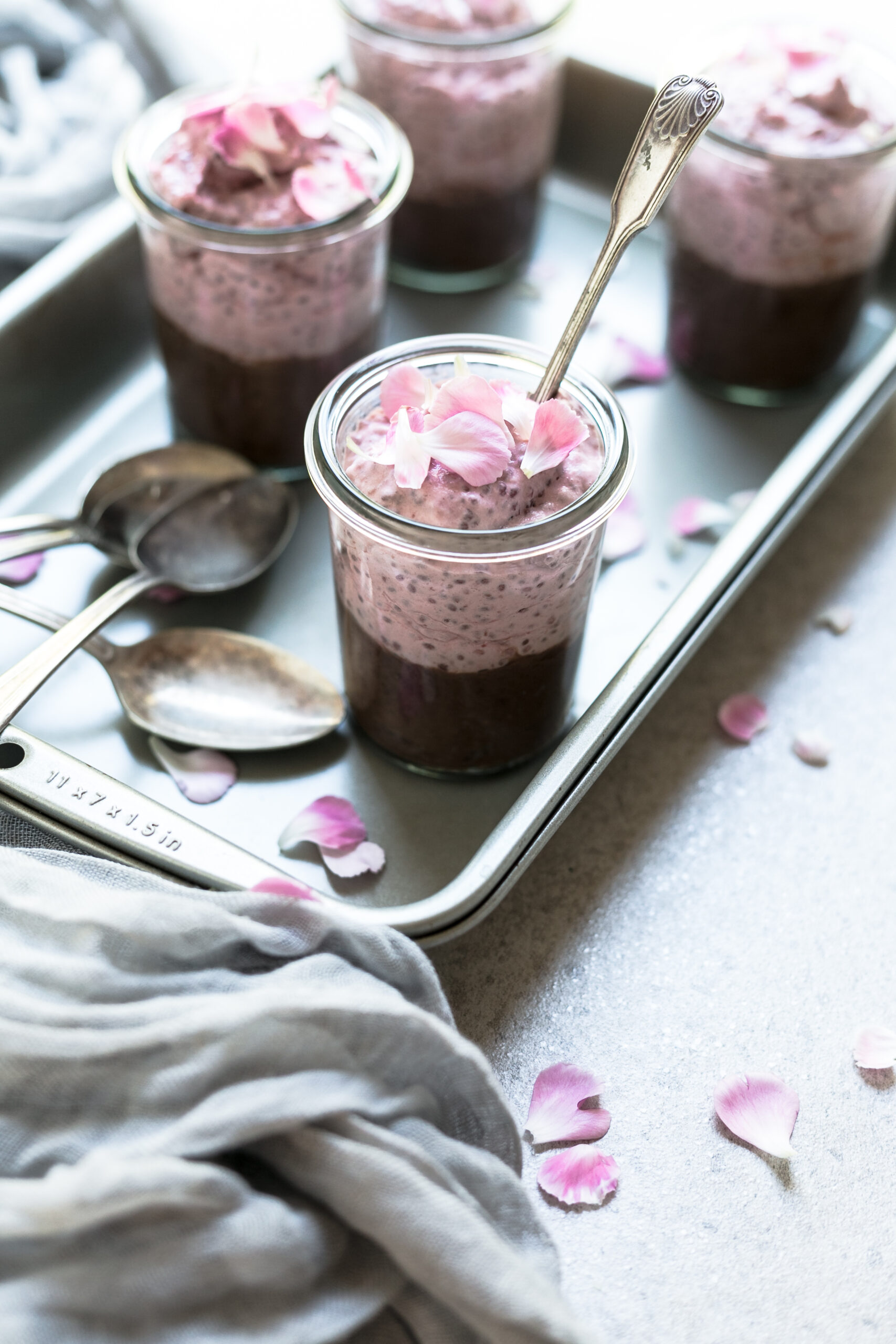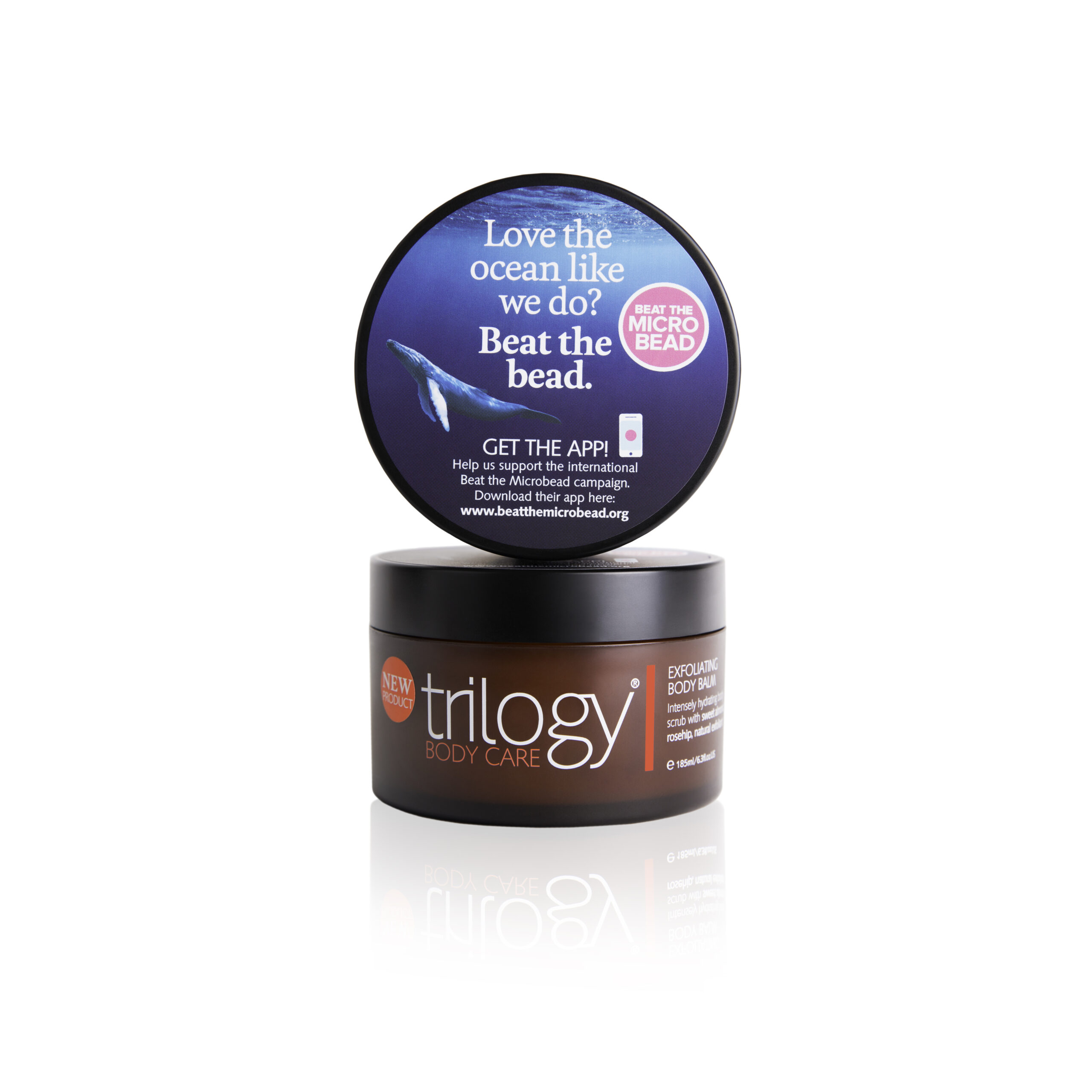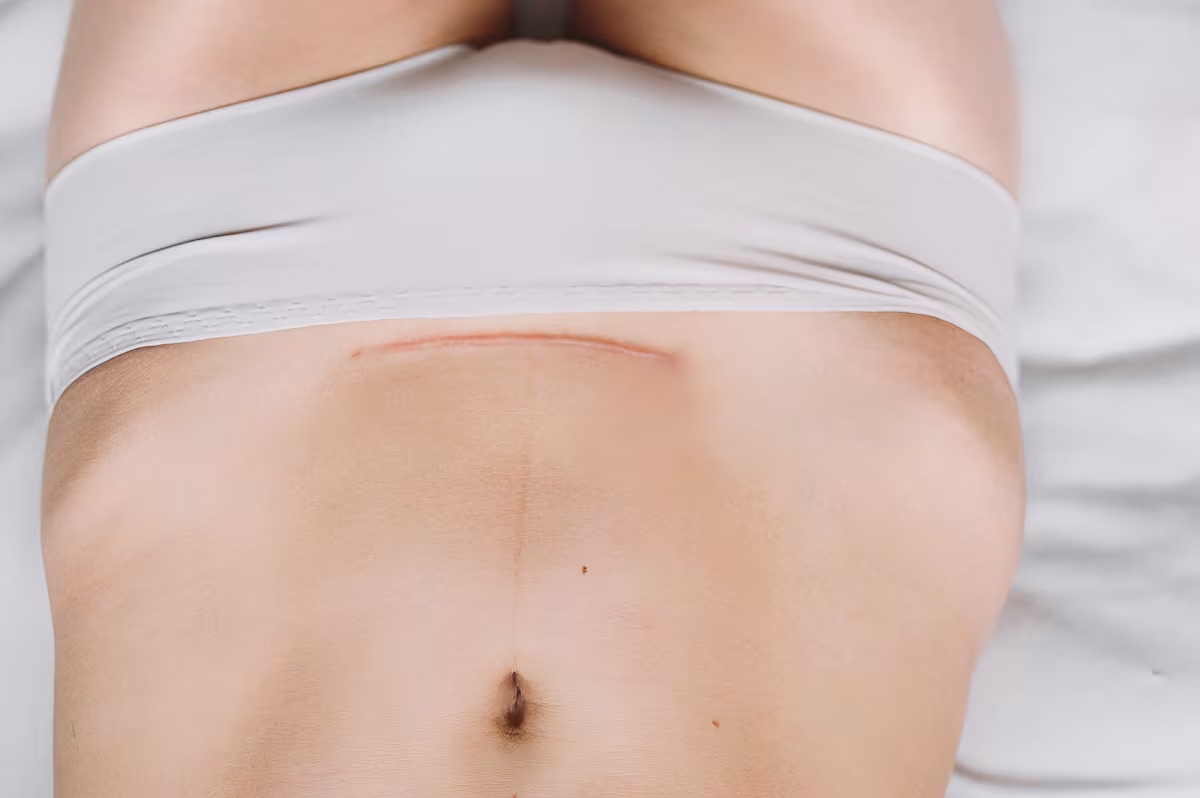It pays to do your homework when it comes to choosing sunscreen
It pays to do your homework when it comes to choosing sunscreen – but it’s hard to remember all the details when you’re staring at a shelf full of bottles and tubes. Here are Good’s top five picks for every summer occasion
Photography Tony Brownjohn, Styling Sally Fullam
Super organic
What: Oy! Face the Sun SPF 15
Why: Need something that’s gentle on the face? Organic Young’s formula is 82 percent certified organic and designed to soothe skin as well as protect it. The SPF 15 rating means this one’s best for an hour in the park rather than the day at the beach.
Buy: $44 (50ml) selected stores
In the handbag
What: Snowberry Everyday SPF 15
Why: Keeping sunscreen at hand means there’s no excuse not to touch up throughout the day. This slim, bright white tube is easy to spot in the depths of your handbag, and it won’t leave a shiny patina or strange fragrance on your skin.
Buy: $39 (50ml) www.mybeautystore.com
Everyday use
What: Skinnies SPF 30 Sun Gel
Why: Water is the main ingredient in most sunscreens, but not so here – Skinnies’ ultraconcentrated formula means a little goes a long way and it’s absorbed quickly into the skin. What’s more, the bottle is recyclable, and it’s made locally.
Buy: $35 (100ml) www.skinnies.co.nz
Under makeup
What: Antipodes Immortal Performance Plus with SPF 15
Why: Eliminate one step from your morning routine by applying a moisturiser/sunscreen combo. This non-greasy formula includes trusty physical blocker zinc oxide, plus you can apply your makeup straight over the top.
Buy: $52 (50ml) www.antipodesnature.com
Beach days
What: Invisible Zinc SPF 30+ 4 Hour Water Resistant
Why: This physical UVA/ UVB blocker won’t turn you unnaturally pale thanks to its superfine zinc oxide particles. Heading to the beach? For extra points, grab an old-fashioned zinc stick to white out the kids’ noses and cheekbones.
Buy: $26 (50ml) www.zincsunblock.co.nz
Sensible sunning
• Avoid chemical sunscreens. Not only are the ingredients dodgy (the most notorious being oxybenzone, a hormone disruptor) but studies have shown they’re absorbed into seawater where they trigger viruses in algae, spelling very bad news for coral reefs. Puts a bit of a downer on your summer fun.
• Physical sunscreens are better for both you and the environment. Look for zinc oxide or titanium dioxide in the ingredients list – these compounds form a barrier between your skin and the sun’s rays.
• SPF only measures how effective a sunscreen is in blocking UVB rays, but UVA radiation is just as harmful. It doesn’t cause sunburn (that’s what UVB rays do) but it’s responsible for cancer and premature ageing. Ensure your sunscreen has ‘broad spectrum’ or ‘UVA/UVB’ on the packaging.
• SPF 30 doesn’t provide double the protection of SPF 15 – in fact, the difference is much smaller. SPF 15 protects you from 93 percent of UVB rays, while SPF 30 protects you from 97 percent (for more, go to good.net.nz/spf).
• No sunscreen blocks 100 percent of the dangerous rays. Don’t slap it on and use it as an excuse to stay out longer. Shade, a chic wide-brimmed hat and cover-up clothing are all good options.
• Don’t be stingy. Not applying enough sunscreen drastically reduces its SPF rating, so it’s better to err on the side of caution. You’ll want to finish the whole bottle anyway – the NZ Consumer Institute advises using it up within 12 months of opening.
• Love your rosehip oil? Use it at night – or not at all. Rosehip oil is rich in vitamin A, which has excellent anti-ageing properties but which can increase the photo sensitivity of your skin, making it more susceptible to sunburn. Similarly, ensure your sunscreen doesn’t have vitamin A (also known as retinyl palmitate) on the ingredients list.
• For more on the ins and outs of sun protection, go to good.net.nz/sunscreen






